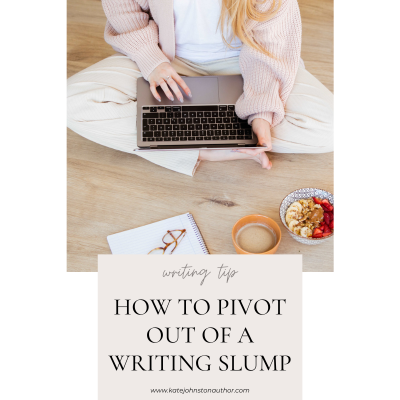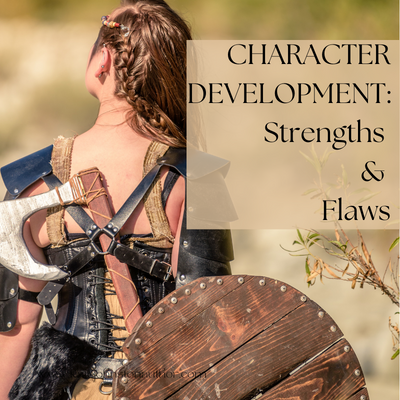







How to Use Sensory Details to Convey Character Emotion
Deep POV allows you to bypass the author’s voice and go straight to what your viewpoint character is thinking or feeling so you can more deeply connect your reader to the story. Where the author’s voice summarizes, explains, reports, or justifies, deep POV shows reasons for a character’s emotional response to events. In this blog post, we’ll talk about how to use sensory details to convey character emotion.


When Disaster is a Good Thing
Stories are about things that go wrong. A story that follows a character whose life is easy-peasy-lemon-squeazy is boring. We might want real life to be trouble-free, but that isn’t what we want to find when we open the pages to a book, or when we sit down to watch a film. In this blog post, I talk about how disaster is a key ingredient to a great plot, and I offer up some tips to help you make sure you’re keeping your plot moving for full audience entertainment.




How Strong is Your Protagonist’s Story Goal?
Does your reader know exactly what your main character wants? Is your story goal concrete enough so that your reader knows for sure if your main character succeeds or fails at the end of the book?
In this article I give you two ways to test if your character’s story goal is concrete enough so that you can be sure that you have a solid plot and solid character motivation that readers can relate to.

Crafting Backstory to Develop Your Character
One of the most important parts of writing a character’s arc is their motivation. They must have reasons to do the things they do, to say the things they say, to decide for or against any choice throughout your entire book. The reasons boil down to backstory. Even their ultimate story goal is a choice they are pursuing due to their backstory.
This article discusses how writers can use backstory to help develop your fictional character so that their journey throughout the book is believable as they make tough decisions, resist change, and ultimately reach their ultimate story goal.

Do You Have These 5 Archetypes in Your Story?
You probably know your main character (protagonist, hero, heroine), the antagonist, and maybe a couple of other players who show up here and there. But have you stopped to consider whether your cast is well-rounded?
Choosing characters hinges on what they have to accomplish in your story. Sometimes it’s easier to look at your characters as archetypes. Archetypes are fundamental psychological patterns that are basic to all humans. They cross cultural boundaries and have universal appeal or meaning.
In this article, I discuss the top five archetypes that you can usually find in most fiction and how you can start building your own cast of characters based on just these five archetypes.



